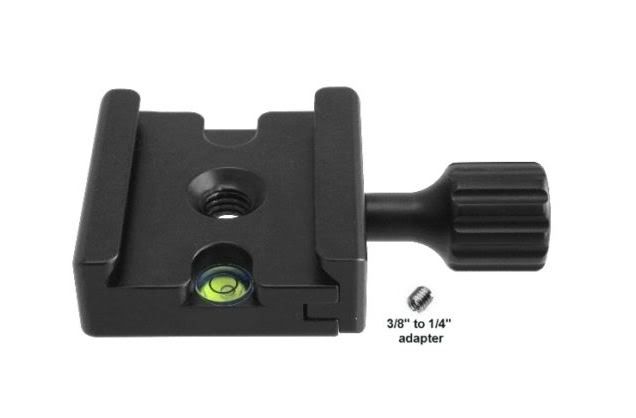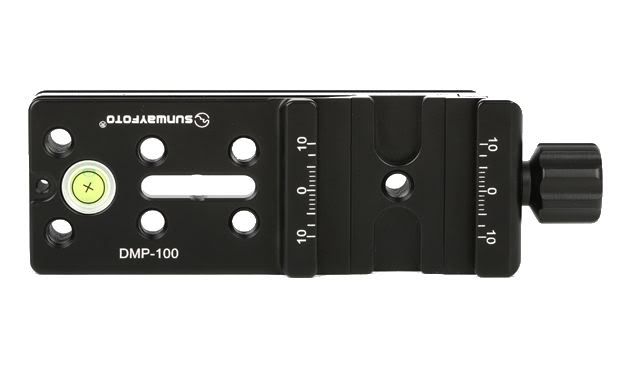I would imagine the advantages are rigidity, better alignment of sensor plane and focal plane, and better optical performance... Enlarging lenses are not required or expected to perform as well as macro lenses at 1:1.
But there are some really great enlarging lenses, and I do think you could have very good results with a bellows unit on a DSLR. It just adds a level of complexity which is in my view unnecessary. Good 1:1 lenses are cheap.




 Reply With Quote
Reply With Quote




Bookmarks